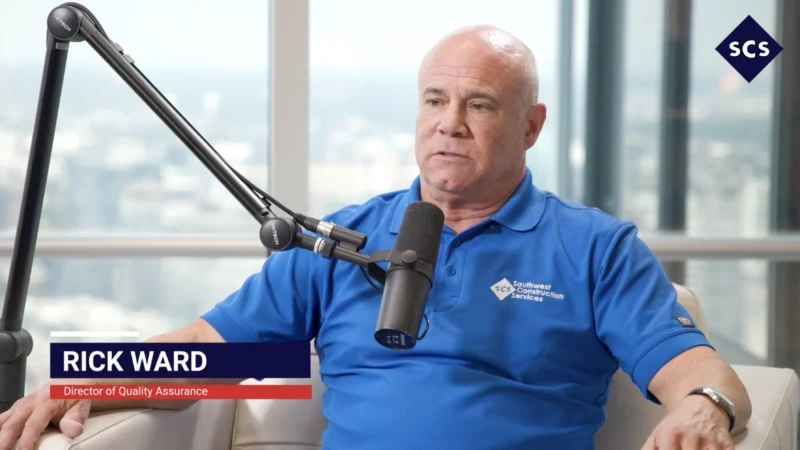Meeting Valve Sizing and Noise Requirements with Innovative Software Solutions
On this episode of Valve Chronicles, a Cla-Val podcast, Daniel Litwin hosts Roger Lah, Technical Product Specialist for Cla-Val. The duo explored how technical software can help industrial water professionals analyze and meet their valve sizing and noise requirements.
Cla-Val’s products are made to refine valve noise and have adaptable sizing software to meet difficult field applications, both in the laboratory and in the field. More engineers are beginning to specify valve noise limitation requirements. Cla-Val has met these requirements by defining specific limitations engineers may face and calculating the complexity of international standards.
Residential areas can be a dangerous and difficult working environment. Noise standards have been put in place by cities and buildings to ensure the comfort and safety of residents. Detailed information about noise levels and frequency distribution needs to be available to clients. The process control industry has placed a lot of focus on hydrodynamics and waterflow. There can be many complex variations and software can be used to analyze and meet sound and valve sizing requirements.
Engineering data sheets provide guidance, but often there are other specific questions and variables that require further attention. Software provides answers and proof of performance. Engineers need “to understand the available pressure drop and addition factors such as elevation,” and software allows for quick intake of data.
What-if analysis asks questions such as, “What is the downstream rise?,” helping professionals assess risks. Lah shared a valve sound taken in Africa. The loud noise was critical and damaging.
“When the velocity increases, there is a drop in pressure,” he said. The pressure turns into a vapor and causes a violent implosion that generates noise and vibrations. Testing is imperative to test the four stages of cavitation.
Noise level or “sound pressure” levels are measured in decibels in “A” scale (dbA) at one meter from the source. These measurements are made at laboratories and are based off of the Prediction of Noise standards made by the IEC.
Cla-CAV software is an important tool for reviewing technical valve applications. CAV stands for Cavitation Analysis for Valves. The software helps prevent under and over sizing a valve by measuring the velocity of the measurement limits.
The software is inspired by Utah Water Research Laboratory’s ability to test capacity, cavitation and noise. Soft aluminum inserts in valves were created and applied to determine the damaging rates of valves. This tedious and innovative test inspired Cla-CAV’s software development to establish specific levels through the use of technology.
To learn more about Cla-CAV and how their technical software can help industrial water professional’s analyze and meet their valve sizing and noise requirements, visit https://www.cla-val.com/index.php.
Twitter – @MarketScale
Facebook – facebook.com/marketscale
LinkedIn – linkedin.com/company/marketscale








